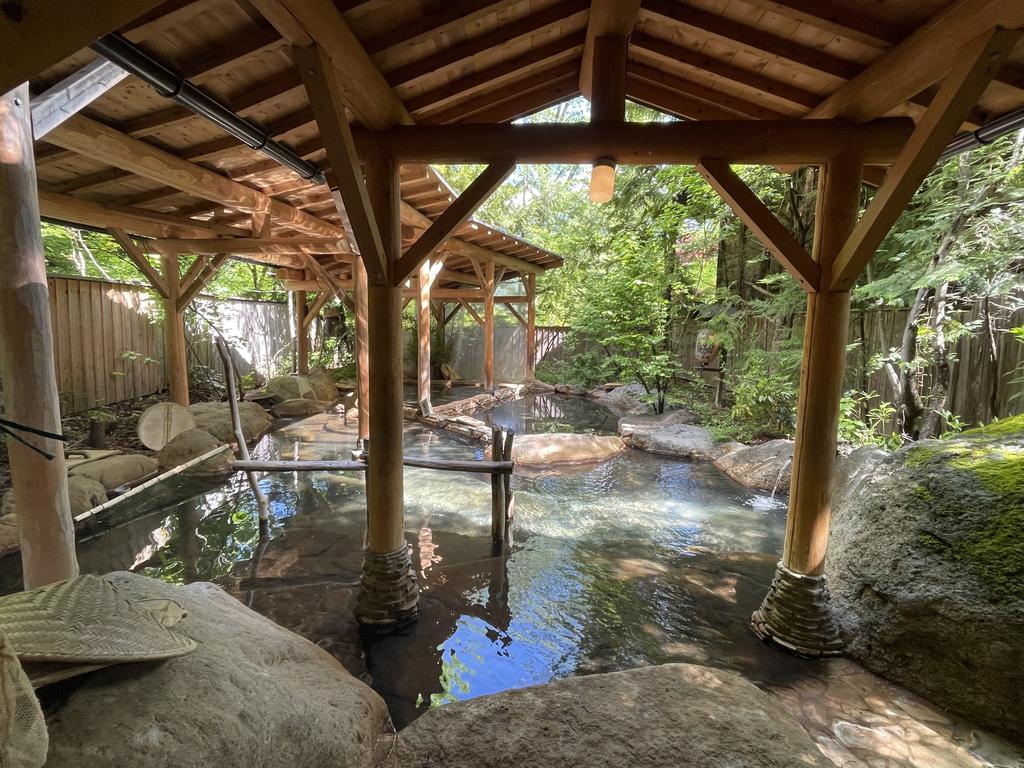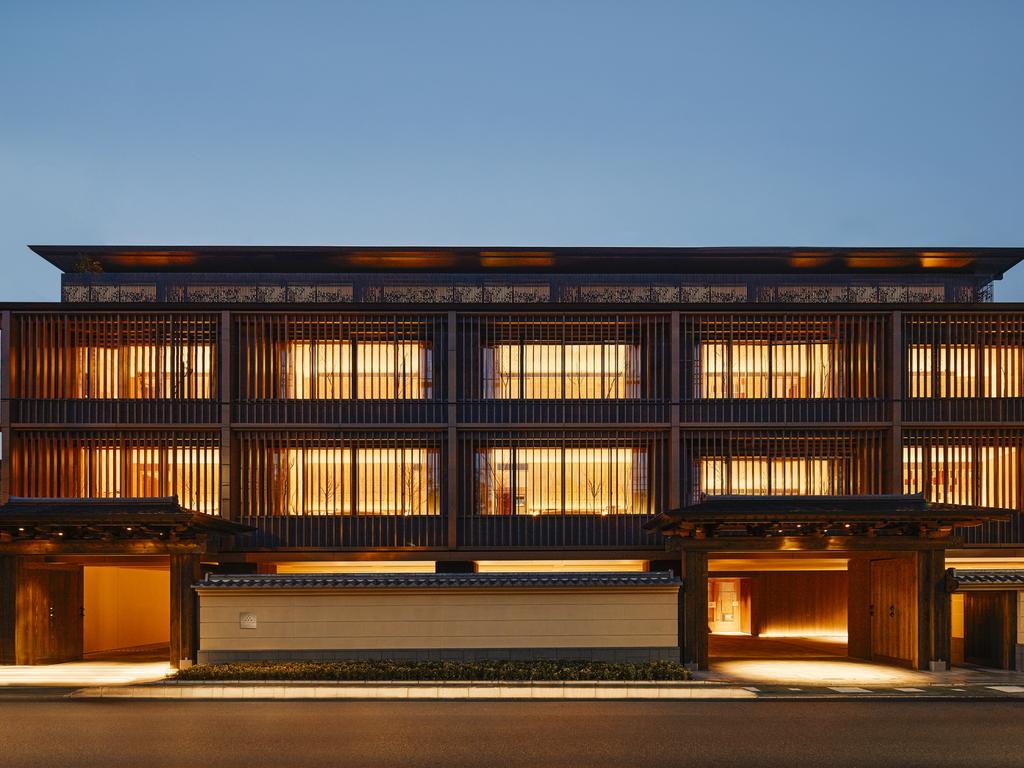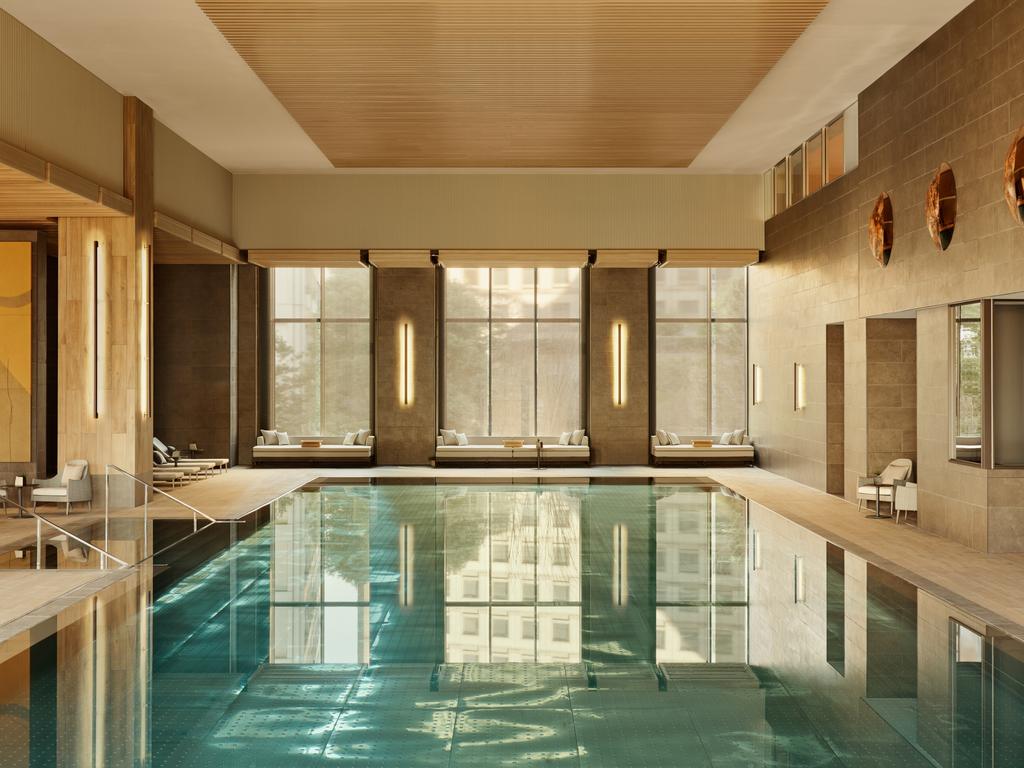Japan’s secret detours: how to avoid the crowds on the path to Kyoto
Visitors flock to the well-trodden path between Tokyo and Kyoto. These detours will help you find cultural treasures and scenic gems without the hordes.

The so-called Golden Route between Tokyo and Kyoto is the popular choice for first-time travellers to Japan. An itinerary that often includes diversions to Mount Fuji and Hakone, as well as the cities of Nara, Osaka, Himeji and Hiroshima, the key Golden Route spots are conveniently connected by the Tokaido-Sanyo shinkansen (bullet train) line. But with these locations now busier than ever, savvy travellers are hopping off the bullet train elsewhere to discover alternative destinations and experiences.
Izu Peninsula

An hour south of Tokyo, the Izu Peninsula UNESCO Global Geopark boasts spectacular Mount Fuji views, hiking, forest bathing and luxury onsen ryokans. One of the Golden Route’s most accessible places to experience the natural beauty of Japan’s mountains, Izu is a destination for immersion in rural life. Jimmy Nishida-Adams, an Izu resident of six years, offers extensive private guiding across the peninsula, including a riverside tour that explores the cultivation of wasabi, which thrives in the clear spring water on picturesque tatami-ishi terraces.
Price: Half-day, from 47,500 yen ($503), for up to six people, from Ito.
Hop off the shinkansen at: Atami, then take the train 22 minutes south to Ito station.
Shizuoka

With a majestic Mount Fuji backdrop, Shizuoka’s clipped green tea fields are among the most photogenic landscapes flanking the Tokaido shinkansen line. Shizuoka prefecture is renowned for its hot springs, and contemporary ryokan. KAI Enshu combines both from its idyllic spot on Lake Hamana. Its courtyard garden is filled with azaleas and Camellia sinensis, and its onsen is scented with tea leaves. A complimentary green tea masterclass is offered daily, with tastings of seasonal Shizuoka teas. The summer session involves guests brewing and comparing Tenryu tea from the Kawane area, genmaicha (roasted rice tea) and tea from Kakegawa.
Price: Rooms from 62,000 yen a room a night, twin-share, half board.
Hop off: Hamamatsu station, then 30 minutes by taxi.
Nagoya

Often whizzed straight through by leisure travellers, Nagoya is one of Japan’s three major economic hubs, with a fabulous train museum (the SCMaglev and Railway Park) and significant feudal history. It was once the heart of the powerful Owari Domain, and devotees of the Shogun TV series can delve into the world of the Tokugawa shogunate on a private tour of Nagoya Castle and its elaborate Hommaru Palace, as well as visiting the Tokugawa Art Museum, with its plethora of samurai treasures. Discover Nagoya Tours also offers covetable access to Ghibli Park via a service from Nagoya city centre that includes round-trip travel and admission to the in-demand attraction.
Price: Half-day Legends of the Samurai tour, from 25,000 yen a person for two. Ghibli Park, from 27,000 yen a person.
Hop off: Nagoya station
Gujo-Hachiman, Gifu

Nagoya is also a gateway to Japan’s Northern Alps, including the 10 family-friendly ski areas of Gujo, which are about 50 per cent cheaper than Hakuba. The castle town of Gujo-Hachiman is an ancient hub of indigo dyeing, and in January 2026 craft expert Julie Baud leads a rare opportunity for visitors to take part in Gujo-Hachiman’s annual Kanzarashi Festival. This age-old ritual sees indigo artisans wade into the icy Yoshida River to wash and set their fabric carp streamers (koinobori).
Price: One day (January 20, 2026), 34,800 yen a person, including lunch.
Hop off: Nagoya station, then take a JR Central limited express train on a one-hour journey to Mino-Ota and the scenic Nagaragawa Railway to Gujo-Hachiman.
Kii Peninsula

South of Nagoya, the forested Kii Peninsula is home to the Kumano Kodo, a UNESCO-recognised network of ancient pilgrimage routes. Many travellers gravitate towards the popular Nakahechi trail favoured by Heian-era nobles, but a “new” trail, walked by Edo pilgrims, is attracting interest after recent archaeological excavations. Starting at Ise Jingu, Japan’s most important Shinto shrine, the Iseji route winds a 170km stone path along the coast and mountains of Mie prefecture to Kumano Nachi Taisha and Nachi Falls in Wakayama. The full route is a 16-day hike, but rural specialist Heartland Japan offers a four-night journey from Nagoya, walking the best parts and passes of the Iseji trail, before returning to the Golden Route at Osaka.
Price: Five days, fully guided, from 253,000 yen a person, including accommodation and most meals.
Hop off: Nagoya station
Lake Biwa, Shiga

There are tantalising glimpses of Japan’s largest freshwater lake from the bullet train as it passes through Shiga prefecture. Up close, Lake Biwa’s white-sand beaches and villages have an unexpected tranquillity given their proximity to Kyoto City. Japan Experience offers a well-paced, self-guided cycling journey exploring Lake Biwa via a route that snakes out of Kyoto City through Ohara. Cyclists head to Otsu, to Mangetsuji Zen temple, where its magnificent Ukimido hall appears to float on the lake, before passing through the Nakasendo trading town of Omihachiman. A ryokan stay and lake cruise are included before travellers loop back to Kyoto 250km later.
Price: Five days, from $925 a person, including bicycle rental, some meals and accommodation.
Hop off: Kyoto station
Kyoto by the Sea

This lesser-known, rural face of Kyoto extends through mountains to the Sea of Japan and offers the authentic culinary culture and artisanship of the ancient capital without the crowds. In the castle town of Fukuchiyama, a former pawnbroker shop has been transformed into a four-bedroom inn with interiors by local makers of Kurotani washi paper, chirimen silk, lacquer and glass. Meanwhile in Ayabe, there’s an opportunity to learn about Japan’s culture of medicinal cooking (yakuzen) in a private, hands-on experience with practitioner Fumi Harada.
Prices: Rooms at Hishiya from 30,000 yen a person a night, twin-share, with breakfast. A 2½-hour yakuzen experience, including lunch, from 12,500 yen a person.
Hop off: Kyoto station, then head northwest on the JR Hashidate Line.
Sakai, Osaka

South of Osaka City, Sakai is Japan’s knife-making capital, a fascinating destination for home cooks and chefs. From the first tobacco knives crafted for Portuguese traders more than 450 years ago, Sakai’s blacksmiths, knife-makers, sharpeners, handle-makers and engravers now create their fine wares for every purpose. Remi Lopez, founder of Japan Tour Adventure, offers rare access to Sakai’s knife-making world with a walking tour. It took him two years to gain the trust of artisans for this insider experience, which includes a visit to a 100-year-old knife company where guests can see makers at work, get hands-on knife sharpening practice and order custom knives.
Price: Private, half-day tour from Sakai station, 60,000 yen for up to six people.
Hop off: Shin-Osaka station, then 45 minutes south to Sakai.
Kobe

This quieter, time-warp version of its neighbour, Osaka, has a retro charm fast disappearing in modern Japan. A harbourside city, Kobe is also the place to step off the shinkansen for wagyu and sake. Culinary guide Paul Fouyer offers a half-day epicurean adventure that includes a private tour of Nada, one of Japan’s most famous sake-brewing towns, followed by an evening sampling Kobe beef with sake pairings. The experience also features guided tastings at Kiku-Masamune Sake Brewery Museum and the chance to meet a sake-rice farmer in his paddies to discover why the local terroir produces such fine tipples.
Price: Half-day from 154,000 yen for two, with pick-up from Shin-Kobe.
Hop off: Shin-Kobe station
Arima Onsen

Compact, with winding narrow streets and few overseas tourists, Arima Onsen is one of Japan’s oldest hot spring towns, just 30 minutes off the Golden Route. It has two types of onsen bath: kinsen – a “gold” hot spring that is iron-rich and good for circulation, and “silver” ginsen, with radium-enriched waters that promote good circulation and relieve muscle pain. Historic inn Goshobessho offers a two-night onsen wellness package curated by Laamya Kanai, wife of the ryokan’s 15th-generation owner. The stay includes zazen meditation on Mount Rokko and calligraphy, and Kanai can also arrange meetings with Arima geiko (geisha).
Price: Two nights, half-board, from 450,000 yen a person, twin-share, with return transfers from Shin-Kobe.
Hop off: Shin-Kobe station.
If you love to travel, sign up to our free weekly Travel + Luxury newsletter here.




To join the conversation, please log in. Don't have an account? Register
Join the conversation, you are commenting as Logout